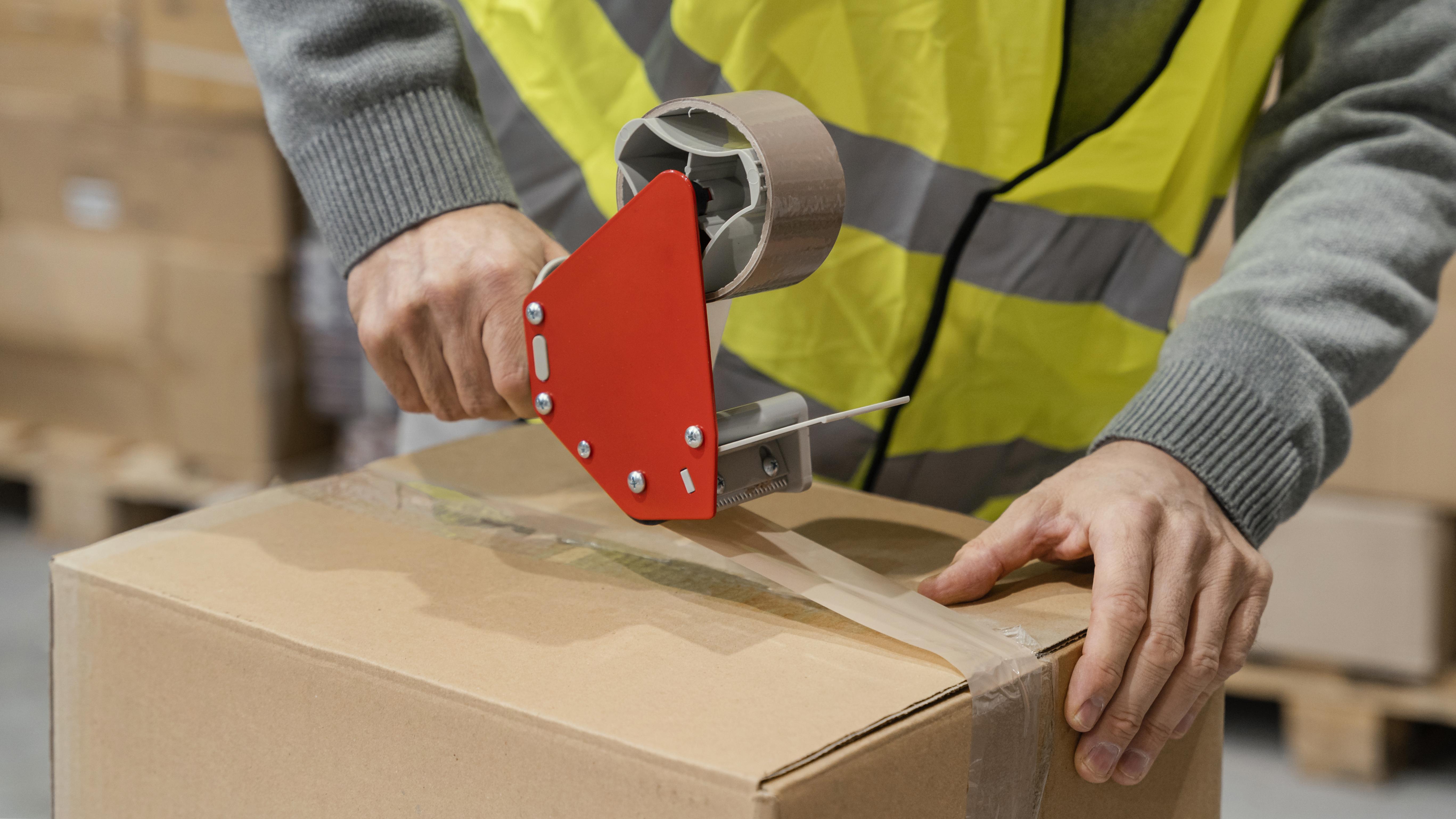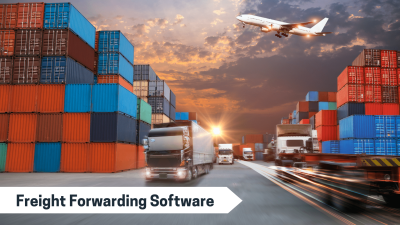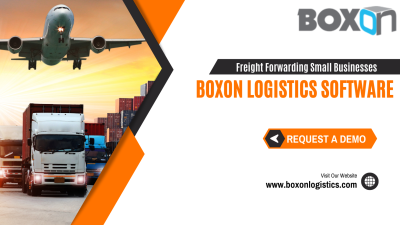What is Packaging?
Improvements can be made to the retail logistics system’s efficiency and effectiveness by modifying and expanding the idea of packaging design logistics. Packaging has a substantial impact on this shipping management software.
Since it serves as a point of contact between the Package tracking software and its main client, the end user, and makes it possible for the chain to carry out its principal duty of serving end users, packaging also has an impact on the effectiveness of the Courier software services.
Why Custom Packaging is Required?
Custom packaging is a substitute for generic packaging that e-commerce companies employ to create a strong first impression. By improving the unboxing experience with personalized dimensions, colors, labels, and text, it can be recognized as a brand’s extension.
When a consumer receives a shipment and unboxes it for an online retailer through Shipping Management Software, this is the first time they directly interact with your brand. Investing in custom Package Tracking Software, from eco-friendly solutions to highly branded and personalized experiences.
Depending on the item, specialized packaging may be necessary to safeguard objects during shipping if regular choices are ineffective in preventing damage.
Why companies should create unique packaging Designs:
Having custom packaging design in Courier Software solutions is one undervalued factor that is starting to gain prominence in such dynamic and competitive services in shipping management software. Custom packaging boxes of the highest quality service as more than just a product container. It also performs several other jobs.
Here are some compelling arguments for employing custom boxes and packing right away in your e-commerce business.
1. Make a positive first impression:
- A distinct first impression can help a company stand out among the noise in a competitive market that is overwhelmed with product messaging.
- People are naturally visual creatures; therefore, we remember what we see. Because of this, appealing brand packaging not only draws attention but keeps it.
2. Make an impact on your clients:
- Your shipments will stand out more thanks to creative packaging designs, which can assist potential customers to remember your company when making future purchases.
- Your clients are more likely to come back for a purchase made following a pleasant unboxing experience.
3. Boost the value of a thing in people’s eyes:
- Premium shipping management software and package tracking software enhance the brand. When it comes to consumers, 61% of the consumer perception claimed that upscale brands have superior packaging.
- That makes sense given that 49% of consumers claim to be more enthusiastic about a brand when they receive attractive packaging.
4. Make your company distinctive:
- Custom packaging is a secure addition to your branding and marketing strategies. When compared to retail packaging, full-color or eye-catching packaging with your brand name and logo stands out more and promotes high brand recall.
- Capture the personality of your brand. If your business is known for its logistics, make sure your packaging reflects it with personalized names, tape, gentle colors, stickers, and box designs.
5. Improve product protection by building:
- Custom packaging enables a company to develop a solution that is individualized, fitted to the unique requirements of its product, and consistent with its brand values.
- When your delivery is dispatched, you can preserve your products with custom packaging. Custom inserts and packaging inserts are inlays that guarantee the stability of your items inside their boxes.

What exactly does custom packaging include?
The most common forms of e-commerce packaging, as previously discussed, are mailers and shippers. These come in both plain boxes, also known as “white-label,” and boxes that have been especially printed. Here’s how to make your packaging design interesting on the inside and out.
Package with exterior Printing: Digital printing is a well-liked and cost-effective trend in the packaging industry. It is suitable for orders of anywhere between 10 boxes and 500, is quick, of great quality, and is almost always hassle-free.
Promotional and filler materials: To surprise and please your consumers, use filler, tissue paper, insert cards, and inserts. Receiving a box order from your company feels like getting a gift as a result.
What is the price of customized packaging?
Custom packaging can be a terrific investment for small businesses, but if you’re looking to save money, it can also be overly pricey. Unbranded boxes and mailers, with or without branded inserts, can still be a fantastic option if you’re not quite ready for custom packaging.
Having said that, charges for branded packaging can range from $0.10 to $10.00 per box if you’re ready to move forward. The price of customized packaging depends on a variety of elements, such as size, material, quantity, ink coverage, and tooling.
Types of Packaging in Logistics
1. Unit-of-consumption, primary, or sales packaging: A product is contained, stored, and protected by its primary packaging. It serves to keep the object in top condition while being in direct contact with it. The smallest consumption unit is designated by this packaging, which facilitates the unit sale of the product.
The following tasks are performed by primary packaging:
- Display the product’s identification by current laws usage directions and other crucial information like the expiration date.
- Brand recognition and increased customer attraction (depending on the product).
- Make sure the goods don’t fall when it’s at their sale area in the store by keeping them stable.
- Ensure the isolation of the material.
2. Additional packaging or grouping: It is made up of the consolidation of the basic packaging. It increases protection and makes it easier to advertise the goods widely.
The following are the duties assigned to secondary packaging:
- To prevent product damage, be resistant to handling during transportation as well as stacking (both in the warehouse and at points of sale).
- Contain a certain quantity of the product.
- Draw in customers, especially when selling secondary packaging to the general public directly.
3. Tertiary packaging: The most frequent types of tertiary packing are pallets, containers, and modular cardboard boxes that they contain. Tertiary packaging combines primary and secondary packaging to generate bigger unit loads.
The following are some of the features and uses of tertiary packaging:
- Continue to be stable and provide compact load storage.
- Utilize the storage space that the infrastructure and commercial vehicles provide.
- Be fit for use and constructed of durable materials.
Conclusion:
Classifying the various primary, secondary, and tertiary packaging types and examining how and who would be impacted by a potential change to each is advised to discover areas for improvement in packaging management. In the Courier software, it makes sense to evaluate the packaging’s level of optimization of the material it is composed of, transportation, handling, storage, waste management, and cost.
To know more about Logistics Packaging https://www.boxonlogistics.com/request-demo/






COMMENTS